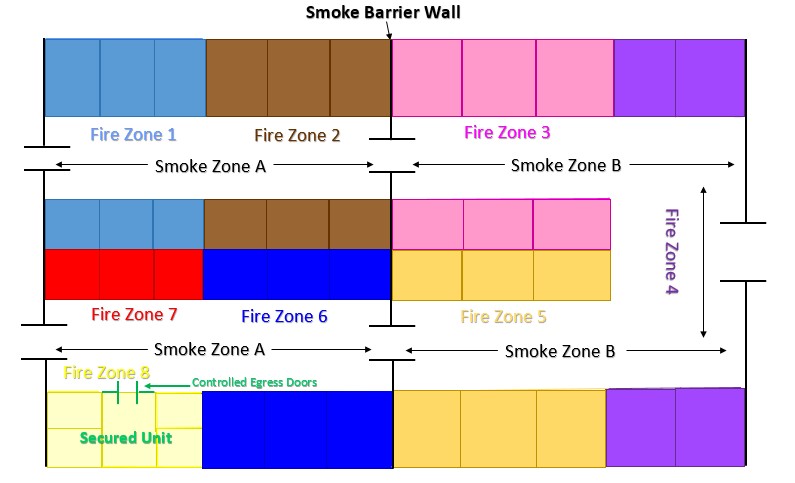(JEFFERSON CITY, MO) – The Missouri Department of Health and Senior Services (DHSS) urges Missourians of all ages to take precautions as heat and humidity rise to dangerous levels.
Heat-related illnesses often affect the very young, the elderly and the chronically ill, but summer temperatures can also take a toll on healthy young and middle-aged adults.
In 2021, 18 people died from heat exposure in Missouri, ranging in age from 35-105 years. Half of the deaths occurred among those between the ages of 35-64.
During prolonged periods of high temperatures, using air conditioning – either at home or by seeking shelter in a local cooling center – is the best preventive measure.
“Heat and humidity can place a lot of stress on the body,” said DHSS Acting Director Paula Nickelson. “Heat exhaustion can come on suddenly, with little warning, and lead to heatstroke which becomes a very dangerous situation.”
During excessive heat, Nickelson urges Missourians to check on friends and neighbors, especially those who are elderly and chronically ill. To report a senior citizen or an adult with disabilities who is in need of assistance due to the heat, call the state’s toll-free abuse and neglect hotline at 1-800-392-0210, or make a report online.
Medications can impair a body’s response to heat, making them more vulnerable to the heat.
There are a number of steps individuals can take to stay cool including:
- Wear appropriate clothing – wear lightweight, light-colored, loose-fitting clothing.
- Stay cool indoors – stay in air-conditioned places as much as possible. Find a local cooling center.
- Stay hydrated – drink plenty of fluids regardless of your activity level, and do not wait to until you are thirsty. Avoid sugary and alcoholic beverages; these actually cause you to lose body fluids.
- Schedule outdoor activities carefully – try to plan outdoor activity for morning or evening hours when the temperature is coolest.
- Pace yourself – reduce exercise or physical activity during the hottest part of the day, and take frequent breaks in the shade or in an air-conditioned place.
- Wear sunscreen – sunburn affects your body’s ability to cool down and can make you dehydrated.
- Prepare your home – change air conditioner filters, cover windows that receive morning or afternoon sun with drapes or shades, and make sure you have portable fans if necessary.
Knowing the signs and symptoms of heat related illness and how treat them is also important. Signs of heat exhaustion may include muscle cramps; heavy sweating; cold, pale and clammy skin; dizziness; headache; nausea or vomiting; and fainting or passing out. If you think you or a loved one are experiencing heat exhaustion, you should stop physical activity move to a cool place – preferably air-conditioned, loosen clothing, and sip cool water. Seek medical attention immediately if you are throwing up, your symptoms get worse or symptoms last longer than one hour.
Signs of heat stroke may include high body temperature (103°F or higher); hot, red, dry or damp skin; fast, strong pulse; headache; dizziness; nausea; confusion; or loss of consciousness. If you think you or a loved one are experiencing heat stroke you should call 911 immediately. Heat stroke is a medical emergency. Move the person to a cool place – preferably air-conditioned. Help lower the person’s body temperature with cool cloths or a cool bath until medical personnel arrive. Do not give the person anything to drink.
For more information regarding heat-related illness and prevention, visit the websites of DHSS or the CDC.
Emergency Protocol for Facilities
The Emergency Protocol was developed in 2007 for communication between long-term care homes and the Section for Long-Term Care Regulation (SLCR), in the event a disaster occurs that results in a loss of a necessary service (electricity, water, gas, telephone, etc.). This protocol was established to streamline communication so that homes can focus on what is most important – the safety and well-being of the residents.
This protocol (Emergency Protocol Handout for Facilities) provides the cellular telephone number corresponding to the region in which your home is located if you experience a loss in a necessary service – for instance Air Conditioning – that has the potential to affect resident safety or well-being. You are encouraged to contact the regional office main office telephone number during normal business hours as survey staff carry the cell phone and may be conducting a survey or inspection during working hours and may not answer immediately.









 The Health Quality Innovation Network’s (HQIN) Prepare, Prevent, Protect (3P) Top Performer Program recognizes participating nursing homes who are proactive in delivering high quality care to their residents and ensuring a safe environment for residents, staff and visitors.
The Health Quality Innovation Network’s (HQIN) Prepare, Prevent, Protect (3P) Top Performer Program recognizes participating nursing homes who are proactive in delivering high quality care to their residents and ensuring a safe environment for residents, staff and visitors.




